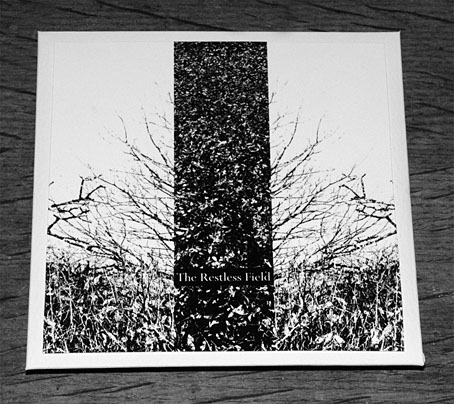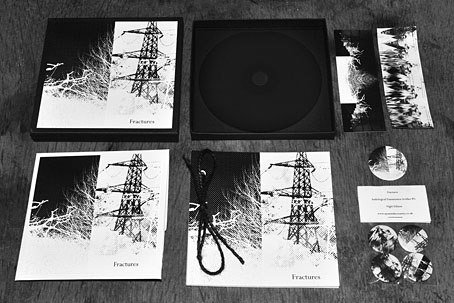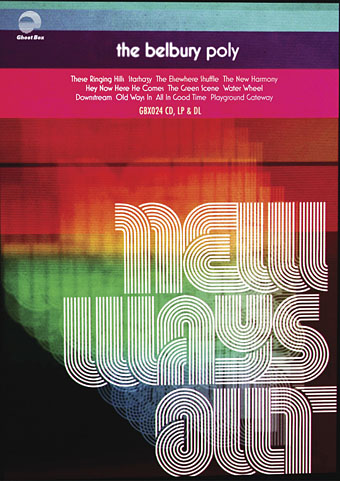The advent of Spring brings a new CD release from A Year In The Country. The Restless Field is another themed compilation, and one of their best to date, the theme this time being the British landscape as a site for political resistance:
The Restless Field is a study of the land as a place of conflict and protest as well as beauty and escape; an exploration and acknowledgment of the history and possibility of protest, resistance and struggle in the landscape/rural areas, in contrast with sometimes more often referred to urban events. It takes inspiration from flashpoints in history while also interweaving personal and societal myth, memory, the lost and hidden tales of the land.
References and starting points include: The British Miners Strike of 1984 and the Battle Of Orgreave. Gerrard Winstanley & the Diggers/True Levellers in the 17th century. The first battle of the English Civil War in 1642. The burying of The Rotherwas Ribbon. The Mass Trespass of Kinder Scout in 1932. Graveney Marsh/the last battle fought on English soil. The Congested Districts Board/the 19th century land war in Ireland. The Battle Of The Beanfield in 1985.
Track list:
1) Ghosts Of Blood & Iron — Field Lines Cartographer
2) Mortimer’s Cross — Vic Mars
3) [ fears ] avaunt! upon “the” hill — Bare Bones
4) 3am M5 Field Raid — Assembled Minds
5) Agrarian Lament — Grey Frequency
6) Beneath The Cherry Trees — Endurance
7) Congested District — Listening Center
8) Badby 80 — Pulselovers
9) Ribbons — Sproatly Smith
10) Graveney Marsh — Polypores
11) Last Best West (circ. 1896) — Depatterning
12) Black Slab — Time Attendant
13) A Mutable History Under A Bright June Sky — A Year In The Country
14) Beyond Jack’s Gate — David Colohan
All of the compositions this time are instrumentals so the degree to which the music relates to the theme depends upon the interpretation of the listener; some pieces, such as 3am M5 Field Raid, offer an overt clue in the title. The success of the collection as a whole is also open to question; it may be that the artists are becoming more confident—many of the people here have appeared on previous AYITC releases—or that the theme this time was more stimulating than others have been.
For the past week or so I’ve been listening to Coil almost exclusively so I hear a lot of Coil echoes in these pieces. I doubt that these are intentional—although given shared concerns, some of them may be—but by 2000 Coil’s music had moved away from the urban orientation of the 1980s to a pastoral mysticism that also had a political impetus: “The forest is a college / Each tree a university”. Late Coil also involved the construction of fields of sound, the products of fields of another kind: electrical and (possibly) psychical. I can’t speak for the latter quality but there’s plenty of the former in this collection of restless fields.
The album will be released on 2nd May, and is available for pre-order now.
Previously on { feuilleton }
• The Marks Upon The Land
• The Forest / The Wald
• The Quietened Bunker
• Fractures





